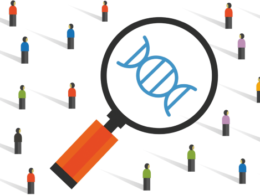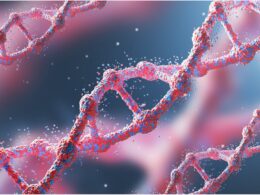the health
transformation
portal
Joaquim Cardoso MSc
March 1, 2024
This summary is based on the article “Rare Disease Day: Progress and a Path Forward for 300 Million Rare Disease Patients”, written and published by Giles Platford on February 27, 2024
What is the message?
Rare Disease Day serves as a crucial platform to spotlight the challenges faced by over 300 million individuals worldwide living with rare diseases.
Despite progress, significant disparities persist in diagnosis, treatment, and access to care, necessitating continued advocacy and collaboration to address the unmet needs of this community.

ONE PAGE SUMMARY
What are the key points?
Human Impact: Rare diseases, affecting over 300 million individuals globally, present significant challenges, particularly for children as 80% of these diseases are hereditary. Families often endure prolonged periods of uncertainty and struggle to obtain accurate diagnoses.
Industry Commitment: Takeda reaffirms its commitment to rare disease patients, emphasizing the importance of advocacy and partnership to address the complex challenges faced by this community.
Diagnosis and Treatment: Early diagnosis remains a critical issue, with an average delay of 5-7 years. While progress has been made, 95% of rare diseases lack approved medical treatments, highlighting the need for continued research and development efforts.
Policy Advocacy: The EU Orphan Regulation has significantly improved the prognosis for rare disease patients over the past two decades, yet substantial gaps remain. Continued advocacy for supportive policies and incentives is essential to drive research and development in this field.
Global Collaboration: Partnerships between industry stakeholders and organizations like UNITAR are vital, particularly in less developed countries, to strengthen health systems and ensure equitable access to care for rare disease patients.
What are the key statistics?
Over 300 million people worldwide are affected by rare diseases.
80% of rare diseases are hereditary.
It takes an average of 5-7 years to receive a proper diagnosis for a rare disease.
95% of rare diseases do not have an approved medical treatment.
What are the key examples?
The EU Orphan Regulation has led to the approval of over 200 medicines for orphan diseases in Europe, up from just 8 products in 2000.
Takeda and UNITAR have announced a joint initiative to support emerging countries in improving the quality of life for patients with rare diseases.
Conclusion
Rare Disease Day serves as a poignant reminder of the challenges faced by millions worldwide.
While progress has been made, there is still much work to be done to ensure equitable access to diagnosis, treatment, and care for rare disease patients.
Continued advocacy, collaboration, and policy support are crucial to advancing the well-being of this community globally.
To read the original publication, click here.







